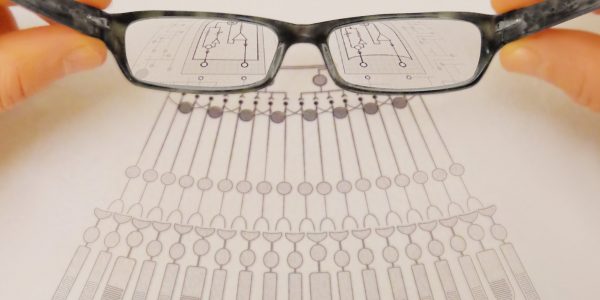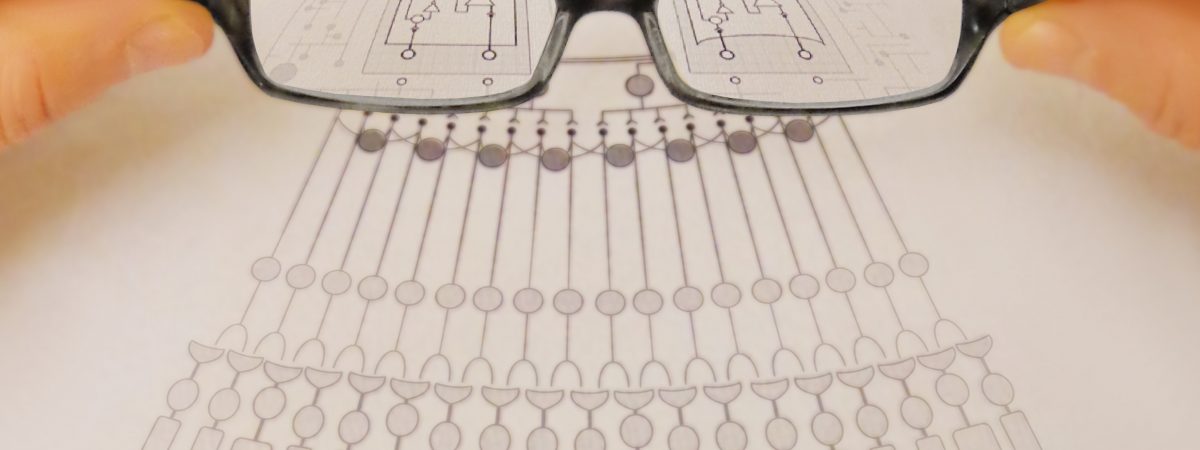There should be work for 2 hours, in 3 shifts within 12 hours a day, paying less than the minimum wage. This can become a new model of the future of work to provide labor surplus to businesses and projects, where more hands are needed but labor costs are high.
It is also a way to ensure that some people can have free time to do whatever they want, say play video games, go to the library to explore organized serendipity, learn a new skill, avoid burnout and quiet firing.
It is also a way to save on labor costs for employers, allow employees engage quiet quitting, where just the minimum amount of work is needed in that duration, as instructed and to also have more efficient workers on rotation.
There are already several recent labor economics models, including gig economy. There are also people in society who have not been able to fit into traditional work. There are those whose minimum wage pay is less than their cost of living, and so on.
There is the discussion on universal basic income [UBI] where people would get a guaranteed amount, if or when automation takes jobs away. Though, that may be far ahead, but reshaping work for now could be useful to subsume people into roles for high productivity.
There could also be a spending peg, where in a county, there is publication of how to spend say $100, $150 or $200 on food and transport a month, something small enough to know that the small amount can be useful or this is how to navigate basic needs, with as low as possible.
The 2-hour model would be set by software or an app, so that those to workers and spots are matched. There would be a policy for employers, not to hire just this tier but others, as well as not to take advantage, while there would be ways to guard against risks from employees to workplaces. There will be approval for exemption from the city or state government for minimum wage, if the work is not for more than 2 hours per stretch.
It could become a new way to make a difference for places in need of production amid growing inflation.




